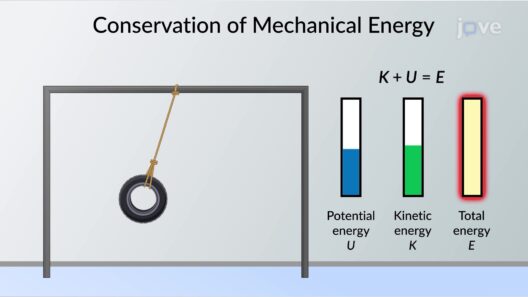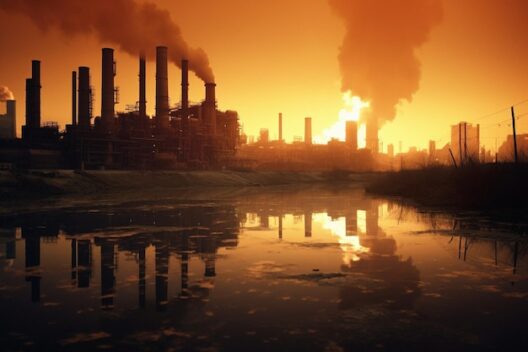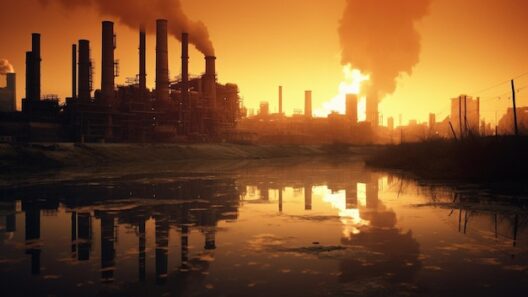Earth, our blue planet, is in a state of disquiet, her fever rising under the relentless embrace of global warming. Just as a patient’s body temperature skyrockets in response to an illness, our planet’s climatic systems are undergoing a profound transformation, reshaping the very spheres of existence—the lithosphere, hydrosphere, atmosphere, and biosphere. Each plays an integral role in sustaining life, yet they are all now inextricably linked by the specter of climate change.
In the lithosphere, the solid ground upon which we tread, the effects of a warming planet are manifesting in unsettling ways. Melting glaciers are a harbinger of change, their once-stalwart presence diminishing at an alarming rate. These ancient ice formations, which held freshwater reserves for millennia, are surrendering their mass, contributing to rising sea levels that threaten coastal regions worldwide. The metaphor of the lithosphere as a crumbling foundation becomes starkly illustrative; as our earth’s crust shifts and settles, the displacement of soil and rock alters the landscapes we have long taken for granted. Increased erosion and subsidence are reshaping coastlines, leading to the loss of habitats and altering ecosystems in ways yet to be fully comprehended.
Simultaneously, the hydrosphere—the realm of water—is undergoing its own metamorphosis. Rising temperatures are inducing a dramatic transformation of oceanic currents and climatic patterns. The warmth causes seawater to expand, a phenomenon contributing to the perilous rise of ocean levels. Moreover, the resultant melting of ice caps introduces freshwater into saltwater environments, instigating complex shifts in salinity and temperature that alter marine habitats. The oceans, once considered immense and unchanging, now serve as mirrors reflecting human-induced alterations. The repercussions are manifold: coral bleaching, loss of biodiversity, and the displacement of numerous marine species, prompting an extensive re-evaluation of marine conservation efforts.
As these changes unfold, the atmosphere enveloping Earth witnesses an escalation of carbon compounds and greenhouse gases. The combustion of fossil fuels, deforestation, and industrial activities contribute to the thickening blanket of gases that entrap heat, initiating a cascade of climatic consequences. Weather patterns, once predictable, now fluctuate chaotically. The metaphor of a once harmonic symphony transforming into a dissonant cacophony captures this shift poignantly. Unusual weather phenomena become more frequent; hurricanes grow in intensity, droughts span wider territories, and flash floods become increasingly common. It is a stark reminder that the air we breathe, essential for life, now plays an unwitting role in upholding a destabilized climate.
Within the biosphere—the sphere of life—the consequences of climate change reverberate profoundly. Species extinction rates are accelerating, with countless flora and fauna unable to adapt to rapidly changing habitats. This reshaping of ecosystems is akin to an elaborate tapestry unraveling thread by thread, with each lost species representing a vital component of an interconnected web. Pollinators, such as bees, face existential threats due to shifting temperatures and habitat loss, which ultimately jeopardizes food security for millions. The delicate balance of nature is disturbed, with consequences that echo through ecosystems, affecting humans and wildlife alike. As biodiversity dwindles, the resilience of our planet diminishes, exposing humanity to unforeseen vulnerabilities.
Moreover, the intricate interplay among these spheres invites us to perceive climate change not merely as a singular event but as a systemic crisis transcending geographical boundaries. It manifests as a mega-event, where the symptoms are globally distributed but unevenly felt. Vulnerable communities, particularly in developing countries, bear the brunt of climate change, grappling with food scarcity, forced migrations, and escalating conflicts over dwindling resources. This uneven distribution of consequences serves as a clarion call for justice and equity, demanding that policies acknowledge the disparities wrought by this global phenomenon.
Addressing the fever afflicting Earth requires collective action and innovative solutions. Efforts to mitigate climate change have gained momentum globally, with an increased focus on renewable energy sources, sustainable agriculture, and conservation practices. The transition from fossil fuels to solar, wind, and hydroelectric energy serves as a beacon of hope in the daunting task of reversing the damage done. Each incremental step towards reducing our carbon footprint contributes to the larger narrative of resilience and regeneration.
In this era of climate urgency, education plays a paramount role in galvanizing individuals and communities toward proactive engagement. Awareness-raising initiatives empower people to make informed choices, fostering a culture of sustainability rooted in understanding and respect for the planet. As stewards of the Earth, we must embrace a paradigm shift, recognizing our interdependence with the natural world and the moral imperative to care for it.
In conclusion, the fever of the Earth is a clarion call, urging humanity to confront the seismic changes wrought by global warming. The lithosphere, hydrosphere, atmosphere, and biosphere entwine in a complex dance, each influenced by the other’s transformations. To safeguard the planet’s future, we must unite in our efforts to heal the wounds of climate change. We possess the tools and knowledge to rewrite the narrative—not just for ourselves, but for generations to come. As we strive toward a more sustainable existence, let us remember that the very essence of life hinges upon our collective responsibility to restore balance to our planetary home.








